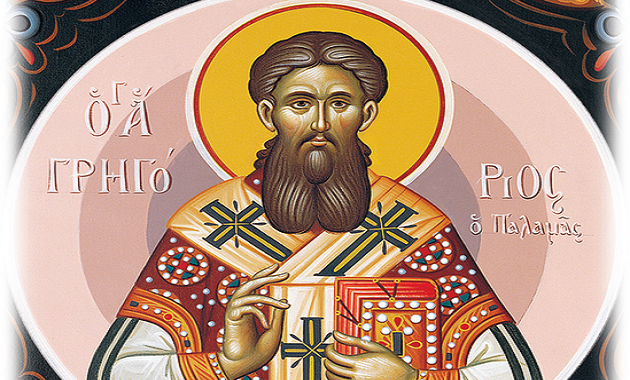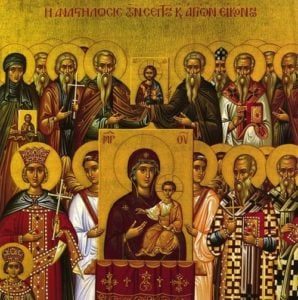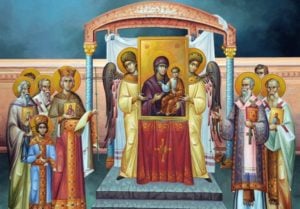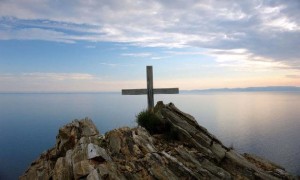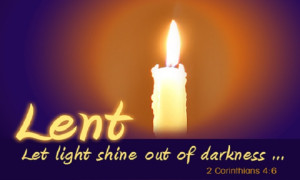Designation of Orthodoxy and Heresy – St Gregory Palamas [I]
31 March 2013On the first Sunday of the Great Lenten Fast, our Church celebrates the victory of Orthodoxy over the heresies. The particular historical event which was the basis and mainspring of this celebration was the victory of the Church in the iconoclast controversy. The iconoclasts asserted that the use of icons was anti-Christian. Reverencing the icon of Christ was not accepted, nor was the honour paid to the icons and relics of the saints. This position of theirs was not superficial, but went deeper, to the point of rejection of any depiction of Christ, which, in the end, led to the rejection of His incarnation and of His presence as a genuine person in the world. This conclusion of the iconoclast view manifests its heretical nature; it demonstrates that it really was a heresy.
Not every mistaken theological concept is a heresy; nor is it even the misinterpretation of some points in Scripture or in the tradition of the Church. As the etymology of the word suggests [αἱρέομαι= to prefer, to select], it’s the selection of some part of theological truth and making it absolute. That is, a heresy segments the truth, selects some part of it, makes it absolute and in this way distorts and abuses it as a whole. When, for example, Areios taught that Christ was a perfect human being, he wasn’t lying; he was telling the truth. But he wasn’t telling the whole truth, but only a part; he didn’t go on to say that Christ was also perfect God. And so he distorted and abused the whole of Christian truth. He didn’t recognize the union of the divine and human nature in the person of Christ, which is the foundation of the union of the human person with God, that is, our salvation and deification (glorification). He disparaged the foundations of Christianity and created a heresy.
So the nub of heresy for Christianity lies in the fact that it deprecates the union of God and humankind, which is founded on the person of Christ, Who was both God and human. Heresy, in other words derides the possibility of people’s salvation, which equates to their deification.
The purpose of our creation is that we should be deified. We were created “in the image and likeness” of God. We’re creatures of God and have been called upon by Him to become like Him; to becomes gods; not, of course, by nature, but by grace, to put it in theological terms. But this couldn’t be achieved after Adam and Eve’s rebellion against God and their subjection to sin. Our repatriation to the “likeness”, or deification, is our salvation.
The whole of the sacred history of the Old Testament, which culminates in the incarnation of God in Christ, manifests the action of divine dispensation for the salvation of the world. And the Church is the spiritual locus in which the salvation of humankind unfolds.
As affronts to this salvation, heresies have appeared in the history of the Church on two levels: a) on that of an affront to the very salvation that God offers us, as was the case with Docetism, Arianism, Nestorianism, Monophytsim and so on and b) on that of an affront to full acceptance of this salvation by people, as was the case with Barlaam, who waged a struggle against the Church, which had Saint Gregory Palamas as its protector.
The ancient heresies denigrated salvation on the first level, that is on the level of it being offered to us by God. Unless Christ was a true human being, that is unless He had a real human body, but simply appeared to have one, as claimed by the oldest heretics, the so-called Docetists, who were particularly opposed by Saint John the Apostle and Evangelist, if he had been merely human, as the Arians later claimed, or only God as the Monophysites taught, or if He was both God and human, but with two separate natures which were not united in one person, as the Nestorians believed, or even if he were only prefect God but not also perfect man as the Apollonarists said, then the work of salvation would not have been carried out in all its fullness.
As the Scriptures and the Fathers of the Church teach, people are saved when they they’re received by God, when they’re re-connected and united to the source of their life. All the ancient heresies rejected, in part or entirely, this faith and teaching of the Church. And so they denigrated the experience that the members of the Church had had from the beginning: that communion with Christ, partaking of the body and blood of Christ, was actually communion with God, participation in the life divine.
Iconoclasm was a way of summarizing or re-capping the ancient heresies. And so, during the time of the iconoclast controversy, which lasted more than a century (726-843), some variations of the ancient delusions of former heresies came to the fore again. This is why, at the celebration of Orthodoxy, there is mention of the condemnation of all the heresies and proclamation of the unwavering faith of the Church, in its unbroken tradition: “As the Prophets saw; as the Apostles taught; as the Church received, as the Teachers dogmatized; as the whole world concurred… thus we think, thus we speak, thus we proclaim (Synodikon of the Seventh Ecumenical Synod).
Iconoclasm was a kind of religious ideology which called into question and, in the final analysis rejected, the fact of the incarnation of God, which is a pre-condition for the renewal of the world and the deification of humankind. If Christ can’t be depicted, it means that He’s not really human. An icon of Christ declares and underlines the truth of the divine incarnation. It projects the presence of God, Who appeared in the world in order to save the human race.
All the ancient heresies which appeared in the first millennium after Christ were dealt with by the seven Ecumenical Synods. And the victory of Orthodoxy, which is celebrated by the Church on the first Sunday of Great Lent, stands out as a victory against these heresies, which called into question the salvation which is offered to us by God.

